Table Of Contents
When it comes to keeping your residential space comfortable and energy-efficient, the condition of your air conditioning vents can play a surprisingly pivotal role. Over time, these vents can suffer from wear and tear, detracting from your home’s aesthetic appeal and impacting air flow and overall system efficiency.
This guideline walks you through the steps to identify when it’s time to replace your vents, how to select the correct replacements, and how to install new vents to ensure optimal air conditioning system performance. Read on to find out more!
Signs it’s time to replace your vents
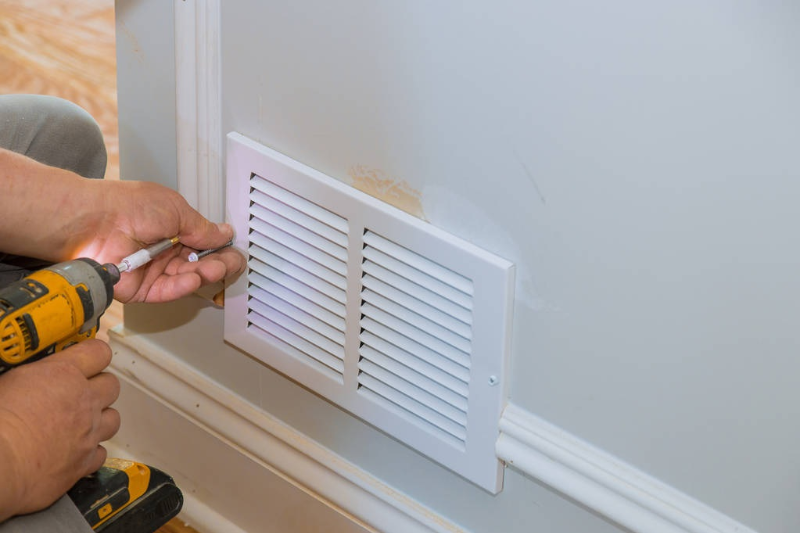
Visible damage or wear on vents
If your vents are visibly damaged, rusted, or bent, it’s a clear sign they need replacing. Not only do damaged vents look unsightly, but they can also impede airflow, reducing the efficiency of your air conditioning system.
Decreased air flow or air quality
Should you notice a significant decrease in airflow or a decline in air quality within your home, it might be due to blocked or faulty vents. Replacing them can help restore airflow and improve the overall air quality.
Increased energy bills
An unexpected rise in energy bills can often be traced back to inefficient air conditioning systems. Old or damaged vents can contribute, as your system has to perform harder to maintain desired temperatures.
Unusual noises from vents
Rattling, whistling, or any other unusual noises emanating from your vents could indicate that they are loose or damaged. Replacing these vents can eliminate annoying sounds and ensure quieter operation.
Difficulty in regulating home temperature
Struggling to maintain consistent indoor temperatures throughout your home might be a symptom of inadequate venting. Replacing your vents can help achieve a more uniform temperature, enhancing comfort levels.
Choosing the proper air conditioning vents
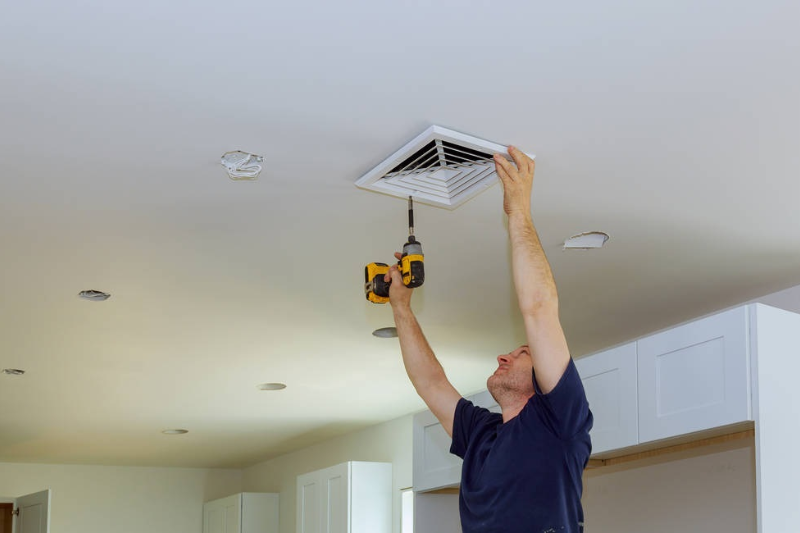
Understanding different types of vents
Air conditioning vents come in various designs, each suited to different needs. Familiarising yourself with the available types can help you decide which is best for your home.
Considerations for size and design
The size and design of your vents should complement your room’s aesthetics and match your HVAC system’s requirements for optimal airflow and efficiency.
Material options and their benefits
Vents are available in materials like metal, plastic, and wood. Each has its durability, aesthetics, and cost benefits, so weigh these factors according to your preferences and needs.
Energy efficiency ratings
Some vent brands are designed to be more energy-efficient than others. Choosing vents with higher energy efficiency ratings can help reduce your energy consumption and costs.
Compatibility with your current HVAC system
Ensure that the vents you choose are compatible with your existing HVAC system. This includes considering the size, type, and installation requirements to avoid mismatch issues.
Preparing for replacement
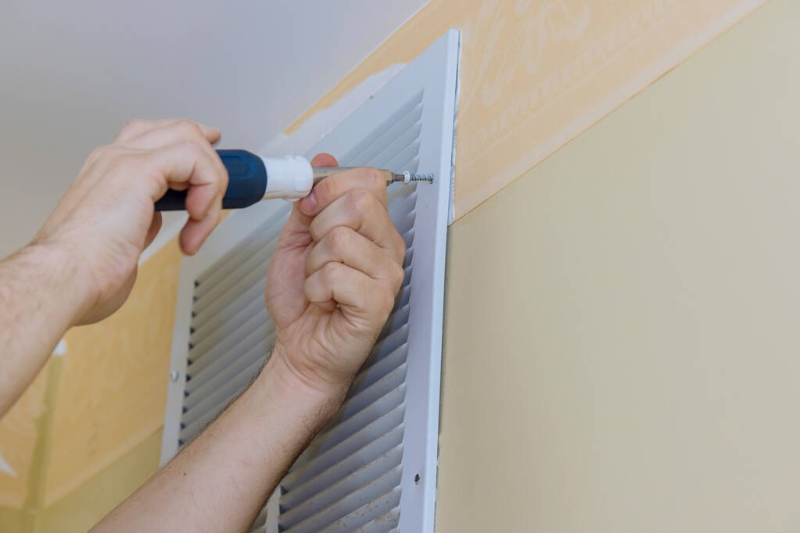
Tools and materials needed
Gather the necessary equipment before starting the replacement process. This might include a screwdriver, measuring tape, new vents, and potentially caulking or sealant.
Safety precautions to consider
Before beginning any work, ensure that you take appropriate safety precautions. This includes turning off your HVAC system to avoid accidents and wearing protective gear if needed.
How to correctly measure for new vents
Accurate measurements are vital for a seamless replacement process. Measure your existing vents carefully to ensure that the new ones fit perfectly.
Tips for selecting a reputable supplier
Choosing a reputable supplier is essential for getting high-quality vents. Look for suppliers with good reviews, a wide selection of products, and excellent customer service.
Scheduling the best time for replacement
Plan the replacement at a time that minimises inconvenience for your household. Consider weather conditions and your schedule to ensure the process is smooth.
The replacement process
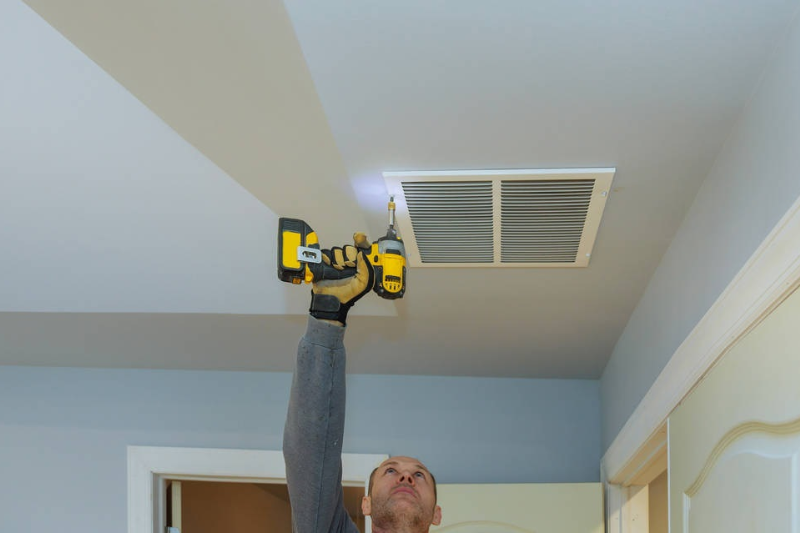
Step-by-step guide to removing old vents
Carefully remove the old vents, not damaging the surrounding area. This may involve unscrewing fasteners or gently prying the vent away from the wall or ceiling.
Preparing the area for new vents
Once the old vents are removed, clean the area to ensure a clean surface for the new vents. This can also be an opportunity to inspect the ductwork for any issues.
Installing new vents: Detailed instructions
Fit the new vents into place, securing them firmly. Follow any specific instructions provided with the vents to ensure they are installed correctly.
Testing for proper installation and airflow
After installing the new vents, turn your HVAC system on and check for proper airflow. Make any adjustments as needed to ensure optimal performance.
Finishing touches and cleanup
Finally, clean up any debris or tools from the installation process. Admire your handiwork and enjoy the improved airflow and aesthetics in your home.
Maintaining your new vents
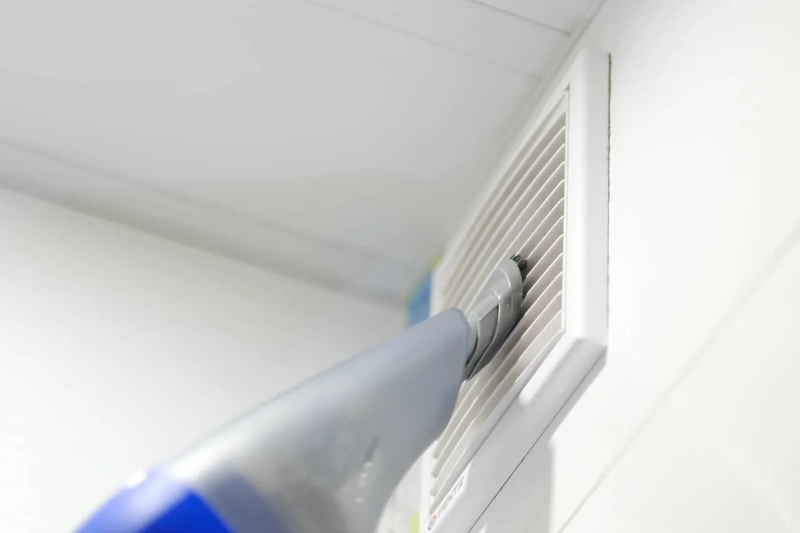
Regular cleaning and maintenance tips
Keep your new vents in top condition by cleaning them regularly and performing routine maintenance. This will help ensure they last as long as possible and continue to function efficiently.
Signs of potential issues to watch for
Be vigilant for any signs of problems with your new vents, such as unusual noises or decreased airflow, and address them promptly to avoid further issues.
When to seek professional assistance
If you encounter any significant issues during the replacement process or with the performance of your new vents, don’t hesitate to seek professional assistance. An HVAC professional can provide expert advice, services and solutions.
The importance of regular inspections
Regular inspections of your vents and overall HVAC system can help identify potential problems early, preventing more serious issues.
How to ensure the longevity of your new vents
You can ensure their longevity and maximise your investment by choosing high-quality vents, installing them correctly, and maintaining them properly.
Understanding the importance of proper ventilation
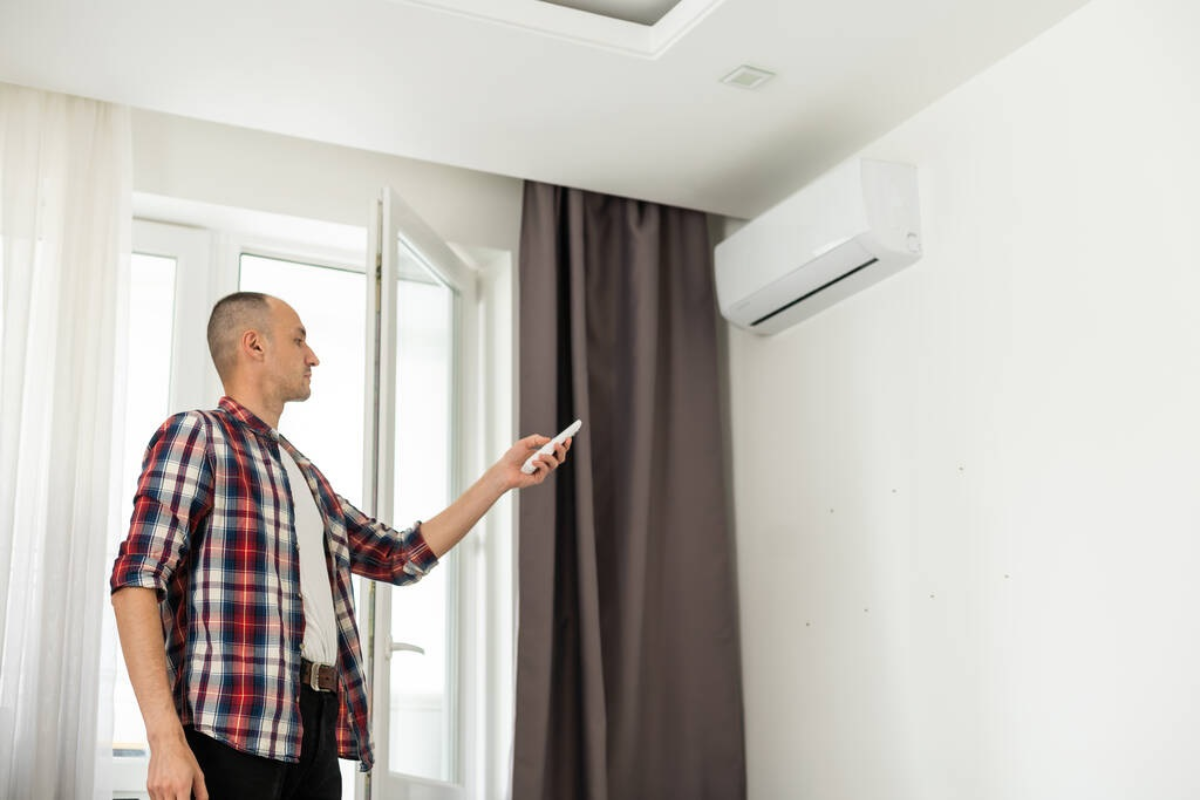
Enhances indoor air quality
The indoor air quality is a significant concern for homeowners, especially in tightly sealed or newly constructed homes where the exchange of indoor and outdoor air is minimal.
Proper ventilation helps remove pollutants, such as cooking fumes, dust, and volatile organic compounds (VOCs), by allowing fresh, stale air to exit your home. Replacing old or inefficient vents is crucial, ensuring that air circulates freely and contaminants are effectively expelled from indoor spaces.
Regulates moisture levels
Excess moisture can be a significant problem in homes, leading to mould growth, damage to building materials, and an increase in dust mites or other allergens. Properly functioning air conditioning vents help control humidity levels by facilitating the movement of moist air out of your home. This moisture regulation is crucial for maintaining a comfortable and healthy living environment and protecting the integrity of your home’s structure and belongings.
Ensures energy efficiency
A well-ventilated home is also energy-efficient. When air moves efficiently throughout your home, your HVAC system doesn’t have to work as hard to heat or cool the space, leading to lower energy consumption and reduced utility bills. Properly selected and installed vents ensure that air is distributed evenly, preventing your system from overworking to compensate for areas with poor air circulation.
Supports health and comfort
Good ventilation directly impacts the health and comfort of your home’s occupants. It helps diminish the risk of allergies and respiratory issues by removing airborne contaminants and maintaining low humidity levels. Additionally, it prevents the buildup of unpleasant odours and ensures your home feels fresh and comfortable throughout the year.
Extends HVAC system life
By promoting efficient airflow and reducing the workload on your HVAC system, proper ventilation indirectly contributes to the longevity of your system. When your system can operate under less strain, it experiences less wear and tear, reducing repairs and a longer lifespan. This saves you money on maintenance and replacement costs and ensures that your system remains reliable and effective in providing comfort to your home.
Conclusion
Replacing your air conditioning vents is essential to maintaining your home’s comfort, air quality, and energy efficiency. This guide will equip you with the knowledge to choose the proper vents, prepare for the replacement process, and ensure a successful installation.
Regular maintenance and inspections prolong the life of your new vents, making your residential or commercial property a more comfortable and efficient place to live. Remember, while this guide aims to empower homeowners with the information needed for vent replacement, consulting with a professional can provide personalised advice and peace of mind.



